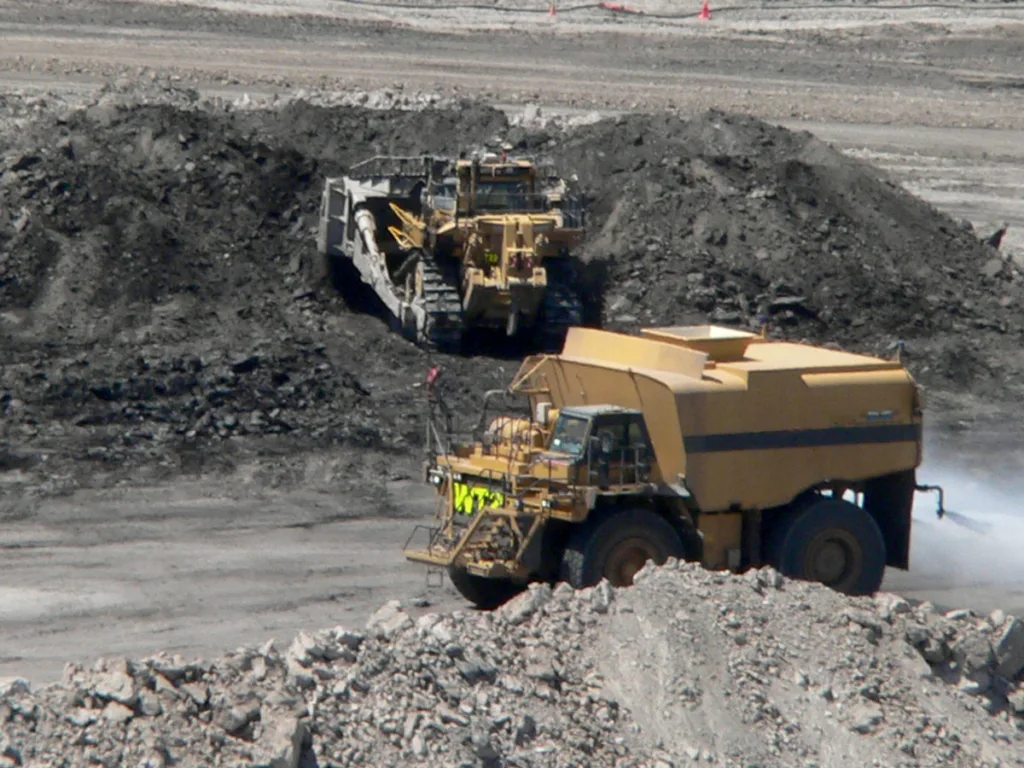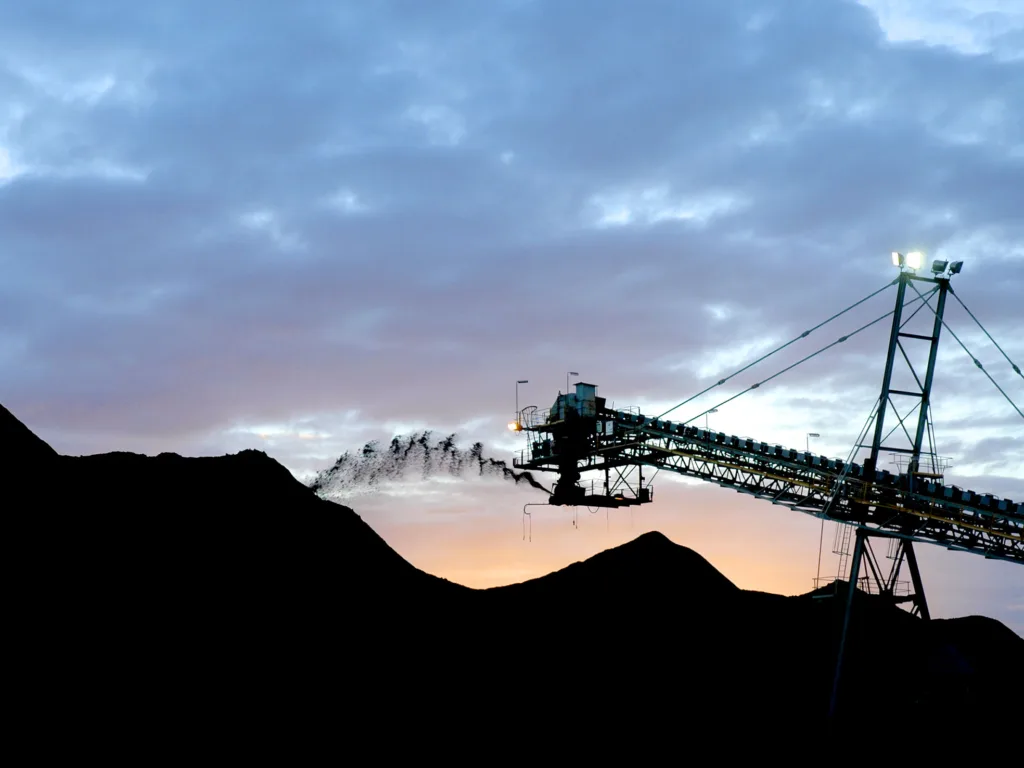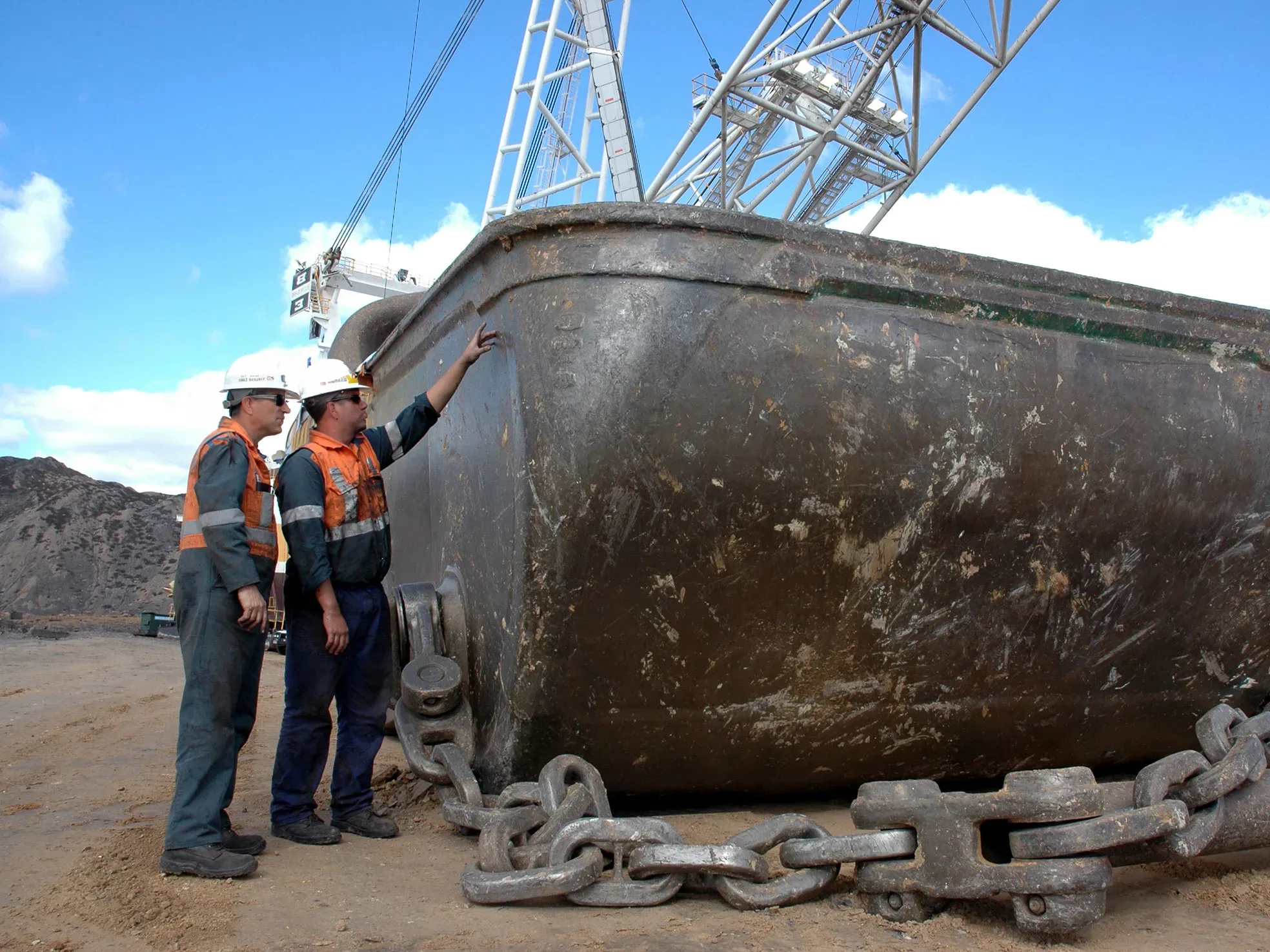As someone who has worked in the training sector for many years, I’m always excited about new technologies that can help us improve the way we train our workers. Recently, I came across an article from McKinsey & Company that discusses the potential of generative AI for the energy and materials sector. I thought it would be great to use generative AI to store and search all the competencies, legislation and employee training records and then use the AI to run gap analyses and see where the training holes are.
However, it is important to remember that generative AI is still a relatively new technology, and there are some potential risks associated with its use. For example, generative AI models can sometimes “make up” answers that seem correct, but are actually inaccurate. This is known as hallucination. In the context of training materials, this could be dangerous, as a worker following incorrect information could put themselves or others at risk.

It is important to use generative AI responsibly and be aware of its potential risks. By doing so, we can ensure that it is used as a tool to improve training in the mining industry, rather than a replacement for human expertise.
In addition to the benefits mentioned in the article, I believe that generative AI could also be used to:
- Personalise learning pathways: Generative AI could be used to create personalised learning pathways for workers, based on their individual needs and learning styles.
- Develop more engaging training content: Generative AI could be used to create more engaging training content, such as games or simulations. This could help to improve worker engagement and motivation.
- Make training more accessible: Generative AI could be used to create training content that is more accessible and available in multiple languages or formats. This could make training more accessible to workers who have different learning needs.
In conclusion, generative AI presents exciting opportunities for the mining training sector. However, it’s crucial to remember that AI is a tool, not a replacement for human expertise. By implementing generative AI responsibly and with careful oversight, we can unlock its potential to improve training effectiveness, safety, and ultimately, the well-being of our mining workforce.


